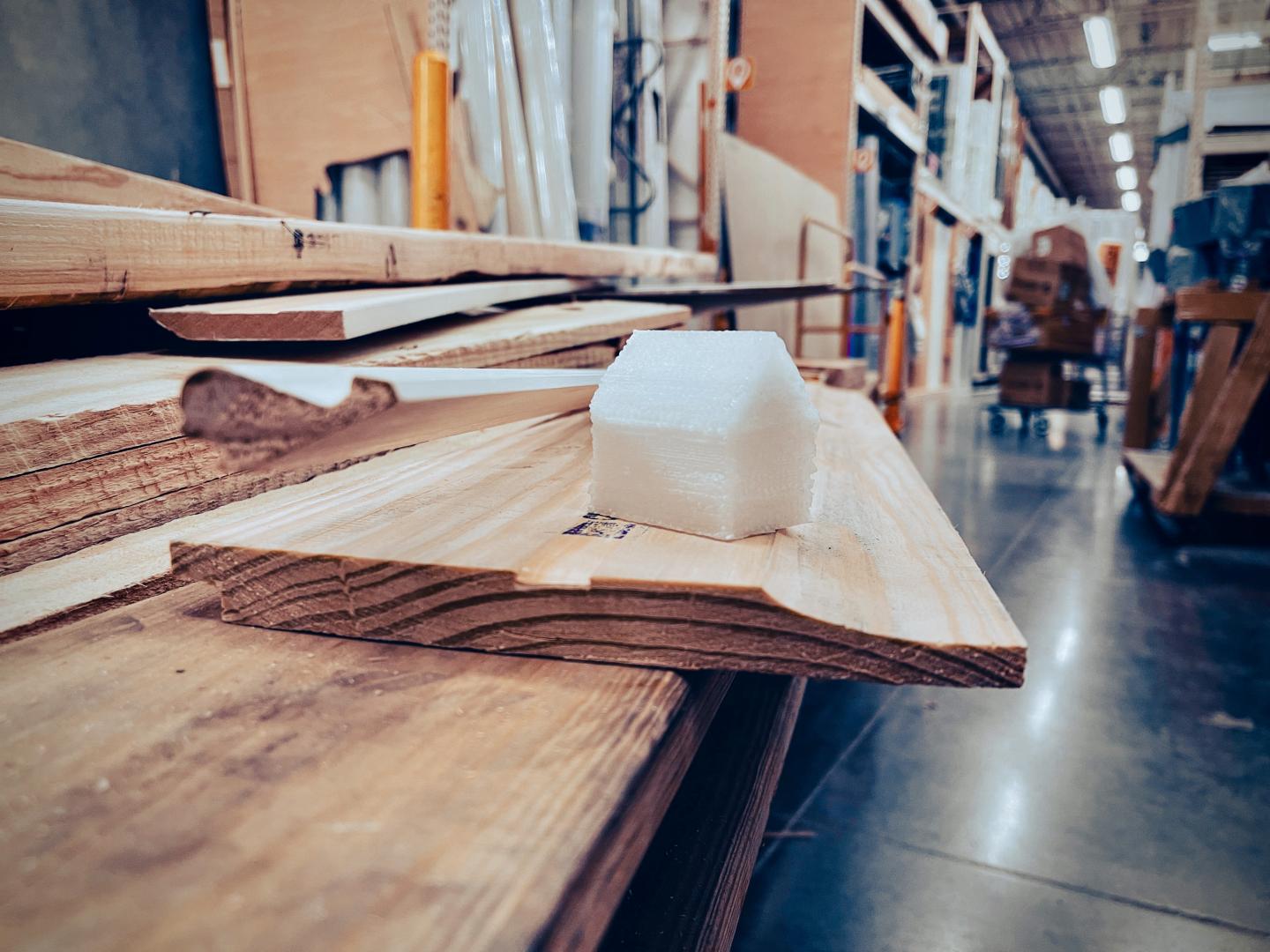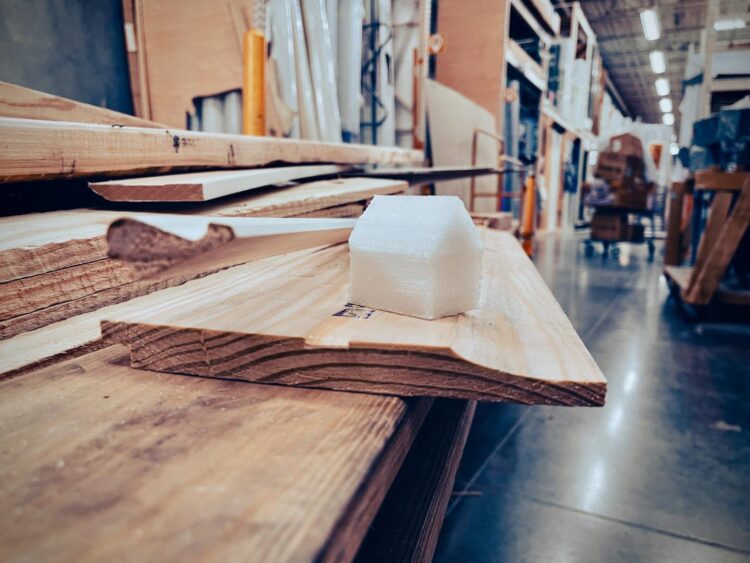Materials could be used to reduce excess energy usage

Credit: Texas A&M University College of Engineering
Changing climate patterns have left millions of people vulnerable to weather extremes. As temperature fluctuations become more commonplace around the world, conventional power-guzzling cooling and heating systems need a more innovative, energy-efficient alternative, and in turn, lessen the burden on already struggling power grids.
In a new study, researchers at Texas A&M University have created novel 3D printable phase-change material (PCM) composites that can regulate ambient temperatures inside buildings using a simpler and cost-effective manufacturing process. Furthermore, these composites can be added to building materials, like paint, or 3D printed as decorative home accents to seamlessly integrate into different indoor environments.
“The ability to integrate phase-change materials into building materials using a scalable method opens opportunities to produce more passive temperature regulation in both new builds and already existing structures,” said Dr. Emily Pentzer, associate professor in the Department of Materials Science and Engineering and the Department of Chemistry.
This study was published in the June issue of the journal Matter.
Heating, ventilation and air conditioning (HVAC) systems are the most commonly used methods to regulate temperatures in residential and commercial establishments. However, these systems guzzle a lot of energy. Furthermore, they use greenhouse materials, called refrigerants, for generating cool, dry air. These ongoing issues with HVAC systems have triggered research into alternative materials and technologies that require less energy to function and can regulate temperature commensurate to HVAC systems.
One of the materials that have gained a lot of interest for temperature regulation is phase-change materials. As the name suggests, these compounds change their physical state depending on the temperature in the environment. So, when phase-change materials store heat, they convert from solid to liquid upon absorbing heat and vice versa when they release heat. Thus, unlike HVAC systems that rely solely on external power to heat and cool, these materials are passive components, requiring no external electricity to regulate temperature.
The traditional approach to manufacturing PCM building materials requires forming a separate shell around each PCM particle, like a cup to hold water, then adding these newly encased PCMs to building materials. However, finding building materials compatible with both the PCM and its shell has been a challenge. In addition, this conventional method also decreases the number of PCM particles that can be incorporated into building materials.
“Imagine filling a pot with eggs and water,” said Ciera Cipriani, NASA Space Technology Graduate Research Fellow in the Department of Materials Science and Engineering. “If each egg has to be placed in an individual container to be hard-boiled, fewer eggs will fit in the pot. By removing the plastic containers, the veritable shell in our research, more eggs, or PCMs, can occupy a greater volume by packing closer together within the water/resin.”
To overcome these challenges, past studies have shown that when using phase-changing paraffin wax mixed with liquid resin, the resin acts as both the shell and building material. This method locks the PCM particles inside their individual pockets, allowing them to safely undergo a phase change and manage thermal energy without leakage.
Similarly, Pentzer and her team first combined light-sensitive liquid resins with a phase-changing paraffin wax powder to create a new 3D printable ink composite, enhancing the production process for building materials containing PCMs and eliminating several steps, including encapsulation.
The resin/PCM mixture is soft, paste-like and malleable, making it ideal for 3D printing but not for building structures. Hence, by using a light-sensitive resin, they cured it with an ultraviolet light to solidify the 3D printable paste, making it suitable for real-world applications.
Additionally, they found that the phase-changing wax embedded within the resin was not affected by the ultraviolet light and made up 70% of the printed structure. This is a higher percentage when compared to most currently available materials being used in industry.
Next, they tested the thermoregulation of their phase-changing composites by 3D printing a small-scale house-shaped model and measuring the temperature inside the house when it was placed in an oven. Their analysis showed that the model’s temperature differed by 40% compared to outside temperatures for both heating and cooling thermal cycles when compared to models made from traditional materials.
In the future, the researchers will experiment with different phase-change materials apart from paraffin wax so that these composites can operate at broader temperature ranges and manage more thermal energy during a given cycle.
“We’re excited about the potential of our material to keep buildings comfortable while reducing energy consumption,” said Dr. Peiran Wei, research scientist in the Department of Materials Science and Engineering and the Soft Matter Facility. “We can combine multiple PCMs with different melting temperatures and precisely distribute them into various areas of a single printed object to function throughout all four seasons and across the globe.”
###
This study was funded by the National Science Foundation’s Division of Materials Research Career Award.
Media Contact
Amy Halbert
[email protected]
Original Source
https:/
Related Journal Article
http://dx.






